Nanotechnology improves blade coating adhesion
The needle-like structure of the titanium carbonitride (TiCN) coating is closely associated with the alumina coating, which both enhances the heat resistance of the insert and improves its wear resistance.
The needle-like structure of the inserted TiCN coating enhances the good adhesion to its outer aluminum oxide coating, which is reminiscent of the “nano-Velcro†material. The TiCN coating prevents surface wear while the alumina coating has heat resistance.
TiCN materials are commonly used as coatings for knives and indexable inserts. In fact, according to Reinhard Pitonak, research and development engineer at Boehlerit (one of the six LMT Group companies), more than 90% of all indexable inserts are processed by chemical vapor deposition (CVD). There is at least one layer of TiCN deposition coating thereon. Mr. Pitonak said that the main reason for using TiCN coating is to prevent the wear of the insert. Mr. Pitonak explained that TiCN coatings containing carbon particles and nitrogen particles – ranging in size from 50 to 300 nm – have good wear resistance. To this end, Boehlerit developed the TiCN coating using particles with a particle size of only 25 nm. The company found that particles of this size were processed using extremely high temperature CVD coatings to form a very unusual TiCN surface structure with exceptional properties.
The nanocrystalline coating formed has a needle-like surface structure. The company referred to this TiCN coating surface as a nano-locking layer that tightly "locks" the aluminum oxide coating on the outside of the surface. The strong adhesion between the two coatings makes it virtually impossible for the alumina coating to fall off during the cutting process, while the alumina coating prevents the tool from generating excessive heat during processing. Mr. Pitonak said that the wear resistance of the TiCN coating combined with the heat resistance of the alumina coating allows the user to achieve higher cutting speeds in the cutting process and extend the life of the insert.
Nanolock technology is currently used in Boehlerit's LC 228E universal bar roughing inserts, LC 239Q crankshaft inserts and Steeltec rotary inserts. By comparing the Steeltec LC 215K Nanolock inserts with conventional inserts, the Steeltec inserts have a continuous cutting speed of over 300 m/min and a 50% longer life when machining 4140 steel.
Deep groove ball bearings are the most widely used bearing type and are particularly versatile. They have low friction and are optimized for low noise and low vibration which enables high rotational speeds. They accommodate radial and axial loads in both directions, are easy to mount, and require less maintenance than other bearing types.
The SKF bearing catalogue lists a large range of designs, variants and sizes of deep groove ball bearings. Beyond our catalogue offering, the SKF Explorer deep groove ball bearings are customizable to offer advantages for applications with specific performance needs.
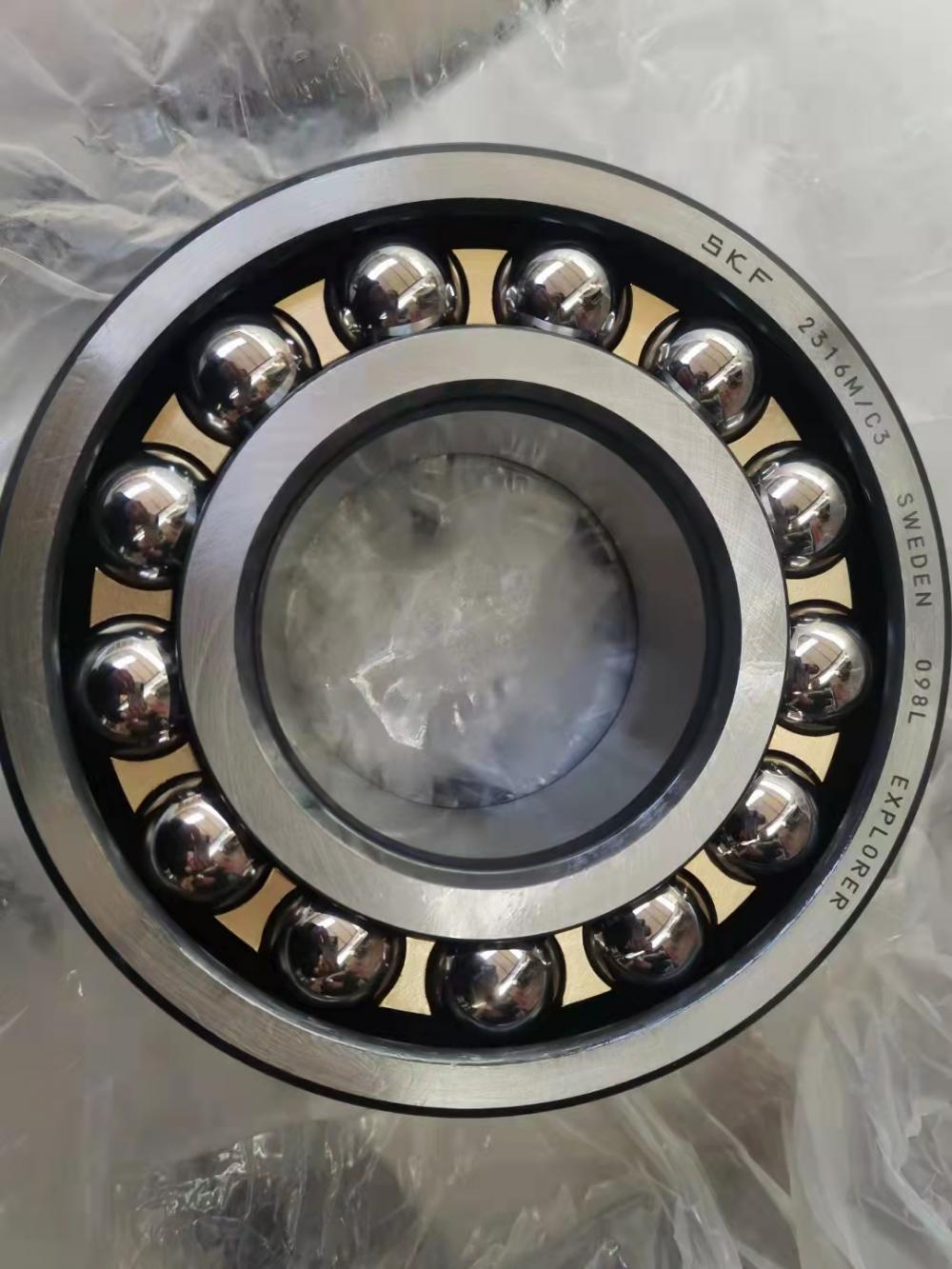
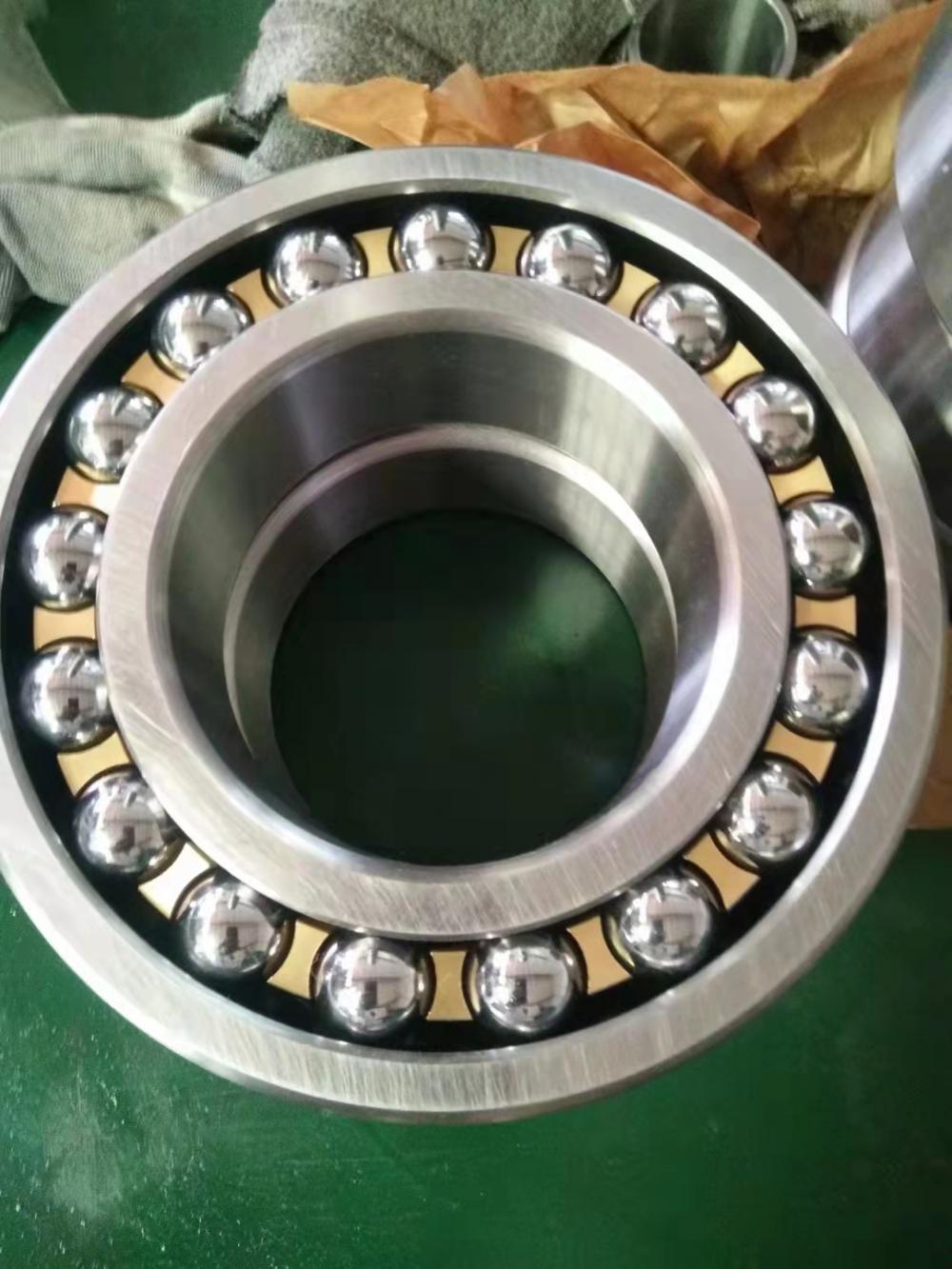
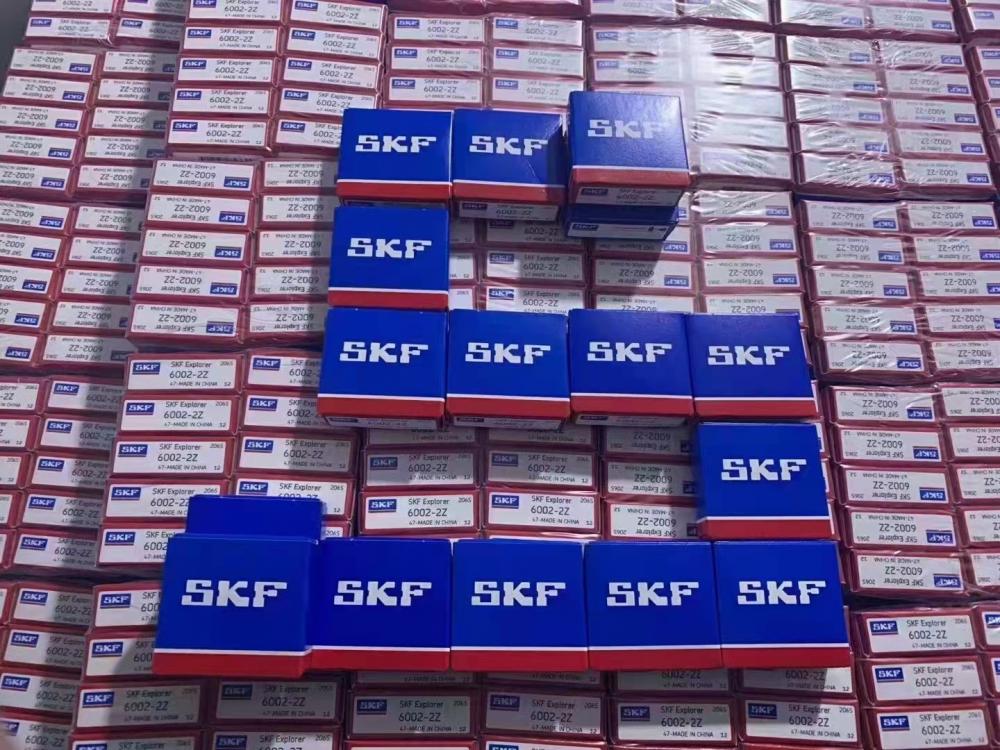
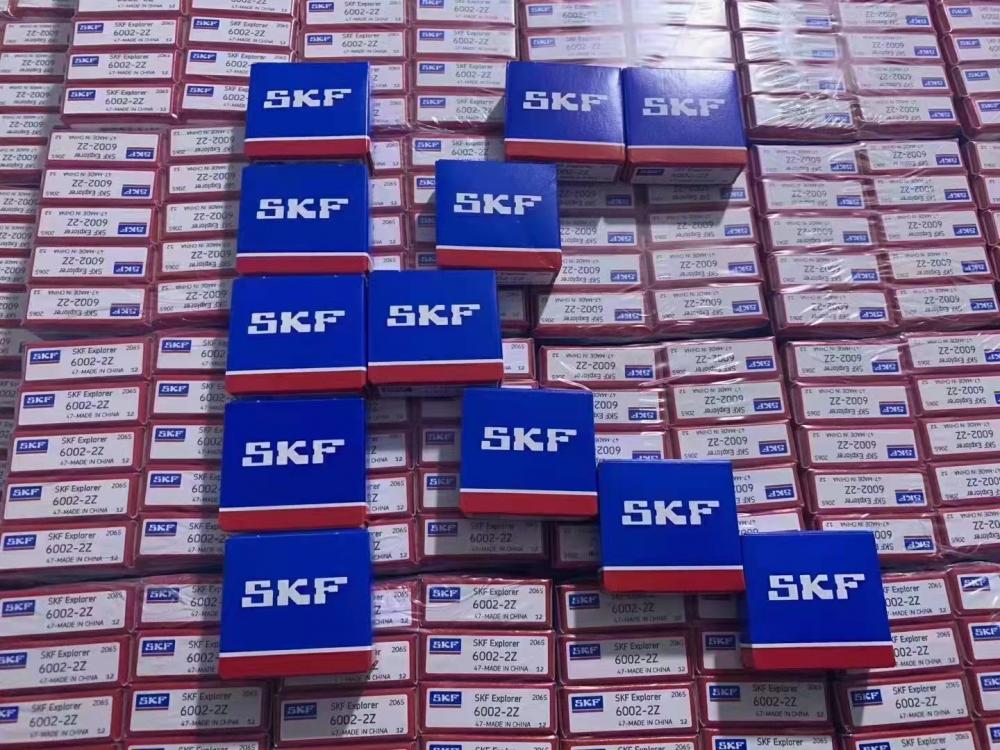
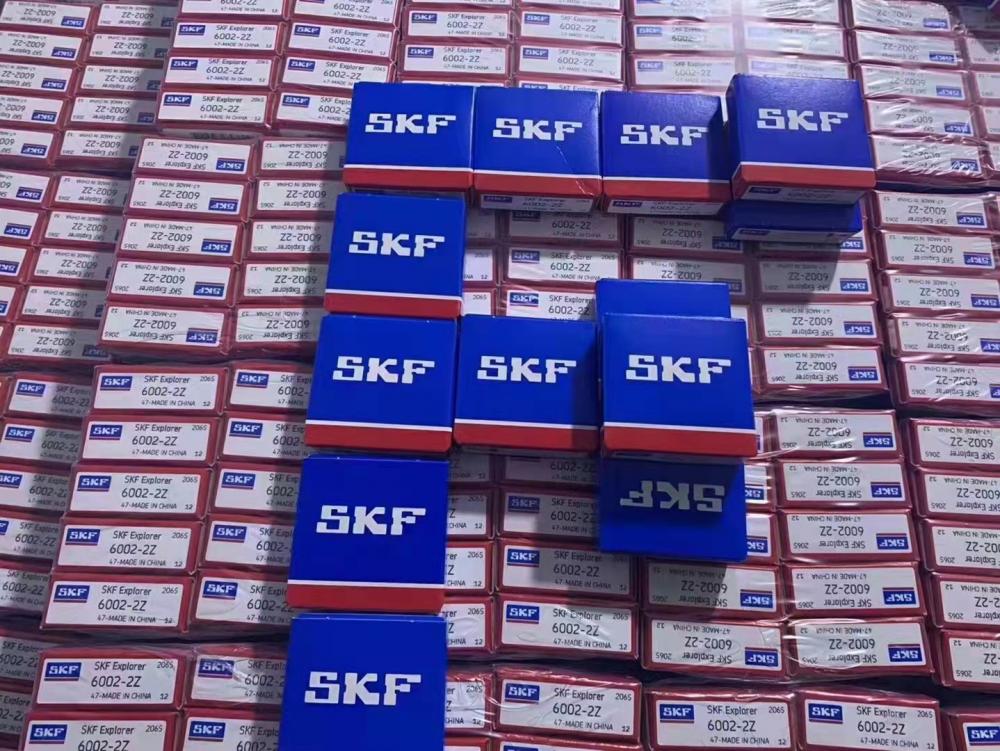
SKF Deep Groove Ball Bearing,Ball Bearings for Motor,SKF Deep Groove Ball Bearing,SKF Ball Bearing
Shijiazhuang Longshu Mechanical & Electrical Equipment Trading Co., Ltd. , https://www.lsjgbearing.com